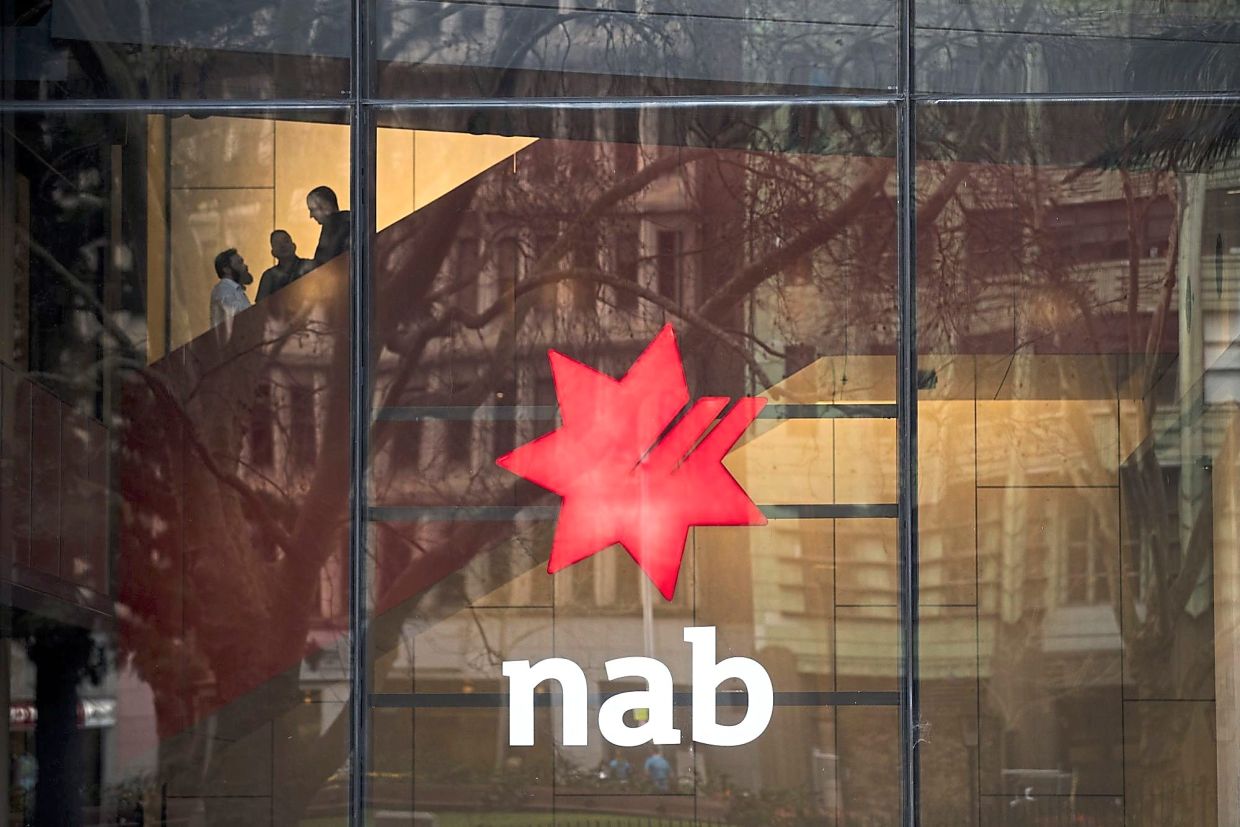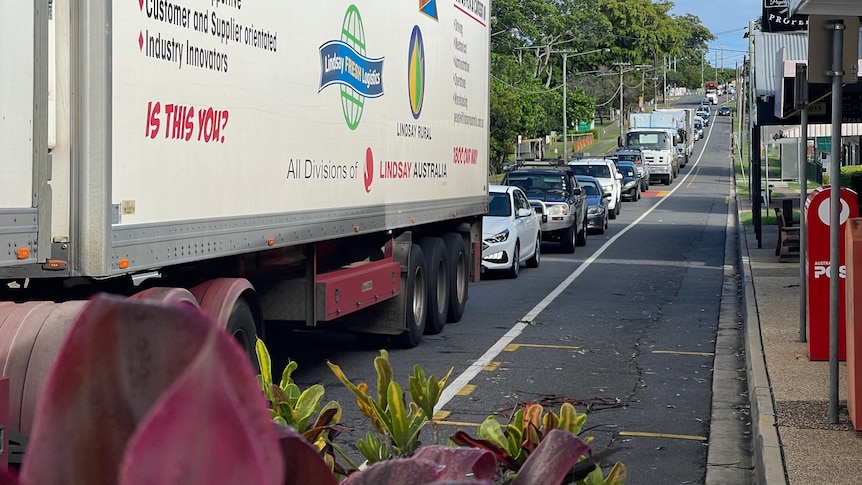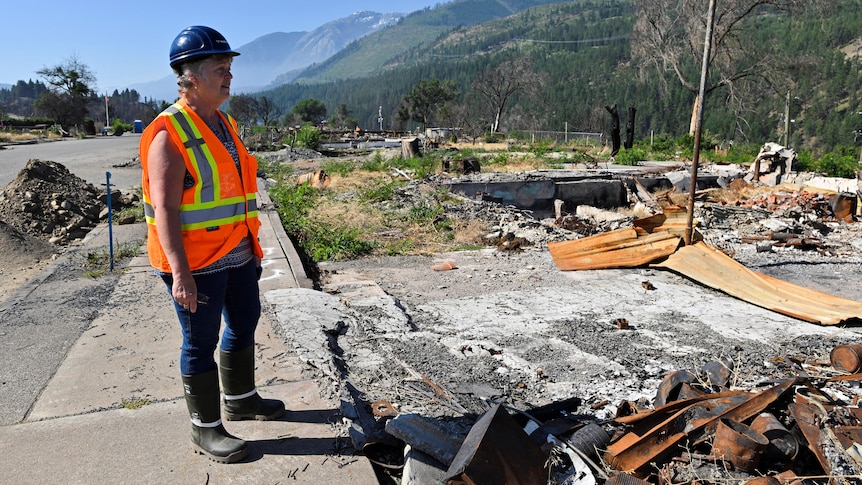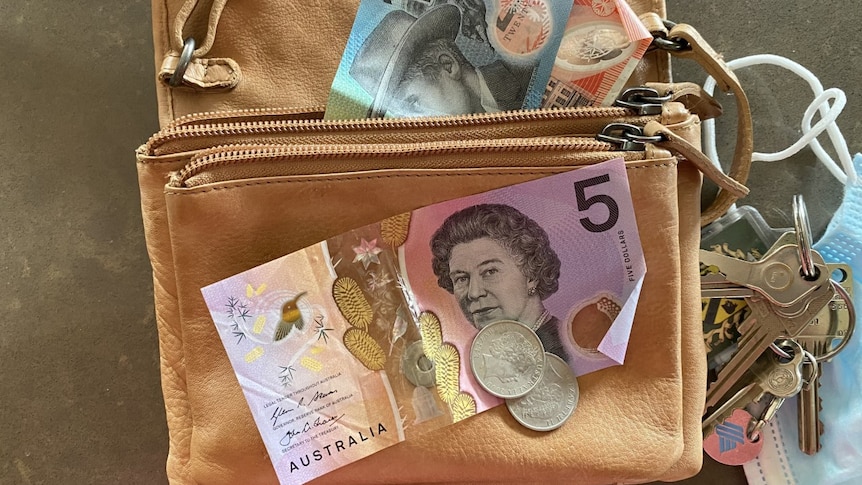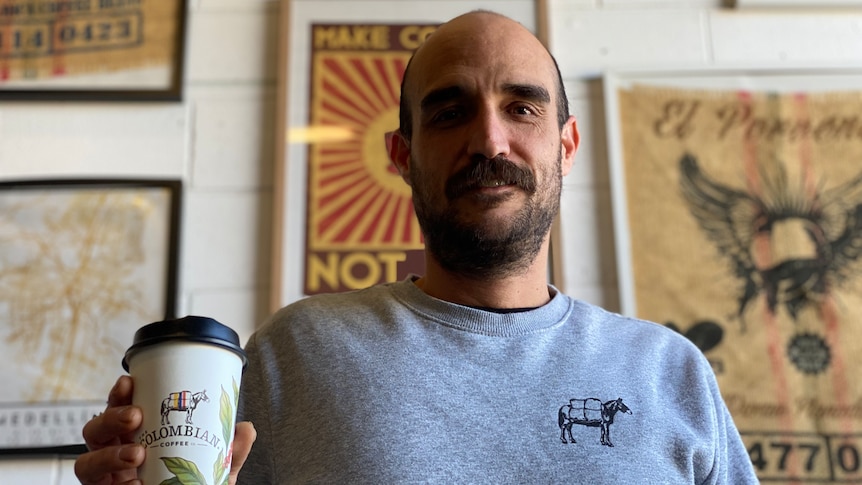Queensland is sold to the world as the sunshine state, rich with resources and the golden future home of the Olympics.
Key points:
- Queensland rents have risen an average of 9 per cent for apartments and 13 per cent for houses in the year to July
- The tenants union call center is fielding daily calls from renters in distress about rent increases
- Alternative rental housing is in such short supply that renters are often reluctant to complain
Last year, the state’s population swelled by 50,000 interstate migrants, and at the same time a two-speed property market drove a nightmare market for renters.
In the 12 months to July, Brisbane tenants faced an average rent rise of 9 per cent for apartments and 13 per cent for houses.
Throw in the return of overseas migration, low vacancy rates and a building supply crisis, and the state’s tenants union says it is facing a rental crisis where landlords hold all the power.
Cairo Sauvage is in his 20s and lives in a share house in Morningside with his partner and housemates.
They are about to move out after two months of uncertainty after their landlord asked them to renew their lease but did not give them a price.
Fearing the worst, the housemates began looking for new accommodation. At the last minute, the landlord asked for an extra $40 a week, Mr Sauvage said.
“In that time frame of him taking so long to come back, me and my housemates were like ‘we feel like it’s going to be going up’. [In the end] we thought it was going to go up more than it did,” he said.
“We started applying for new places. We got approved for a place so we decided to move.
“Living with other people has its ups and downs, but it drives the cost down. Finding a place that’s a one-unit bedroom is [more than] $350, so it wasn’t doable.”
‘Rent-vesting’ as mortgages too hard to maintain
Mr Sauvage has a unique perspective to the rental crisis as a “rent-vester”, where he lives in a rental but owns a home in the inner-Brisbane suburb of Windsor.
He bought at the peak of the property boom last year with money he had received through an inheritance.
But he cannot afford to live alone in the home and considers it more of a long-term investment.
“I managed to secure something that was a little bit out of my price range, and that is the reason I have turned it into an investment,” he said.
Now a landlord himself, he said tenants hold little power in the arrangement.
“It’s really up to the discretion of the landlord, and that’s what I don’t think is right… how much they want to care for their property and for the tenant’s general wellbeing,” he said.
“If the tenant is terrible, the landlord has powers based on our current legislation to kick them out. If a landlord is terrible, the tenant doesn’t have much to fall back on.”
How COVID changed the rental market
CoreLogic economist Kaytlin Ezzy said COVID reshaped the way Queenslanders chose to live and it was having lasting consequences.
“Through COVID, we saw household size shrinkage. There are more individual households, because people didn’t want to be locked down with roommates, so that has a really strong impact,” she said.
“Anecdotally over COVID, we saw a lot of first home buyers move out of the family home and purchase their first property at the same time that rental yields were at some of their lowest on record.
“For the housing market, the outlook really depends on how hard and how fast the RBA increases interest rates. I do think that Brisbane will be slightly more resilient compared to Sydney and Melbourne markets.
“We do expect that the value declines will become more broad-based and as such will affect more Brisbane markets as we move forward into that downward cycle.”
She said pressure on the rental market was not likely to ease for the foreseeable future.
“Especially as overseas migration returns to that pre-COVID level,” she said.
Queensland’s tenants union, Tenants Queensland, operates an advice call center — QSTARS — for renters, and its chief executive Penny Carr said it was fielding daily calls from tenants in distress.
“Just today on our advice service we had an aged pensioner call us and tell us her rent is going up from $305 to $450 per week,” she said.
“People want to keep a roof over their head so they’ll often prioritize the rent, so they’ve got to not turn the heater on, or not have lunch, or not go out.
“For those people even on moderate incomes now it really is a hard choice… because they’re not having many things that they don’t need already.”
She said there were some avenues of appeal for tenants offered unreasonable rent rises, including raising the issue with the Residential Tenancies Authority and the Queensland Civil and Administrative Tribunal.
“The problem with doing that is as a consumer you have to have a fair bit of market knowledge, but the other thing is if the court doesn’t agree with you, you have a fixed term agreement that you’ve just signed.
“Many people won’t do that, they’re too scared to pop their head up, there’s such low vacancy rates across the state that people are reluctant to enforce any rights that they do have.”
Meanwhile, the real estate lobby has stood behind its push for agents to issue notices to leave with tenancy agreements, to prevent what it describes as potential “tenancies for life.”
It said the recommendation was made because new state laws coming into effect from October make it hard for landlords to end periodic, or month-to-month tenancies.
On Saturday, Deputy Premier Steven Miles urged landlords and agents to show compassion.
“It would be disappointing if parts of the real estate industry were using those laws in a way that made people feel less secure in their homes,” Mr Miles said.
“The roof over your head is just about the most important thing, the first need, and I urge agents, property owners and the peak body to be really understanding of just how important they are in those people’s lives.”
.

